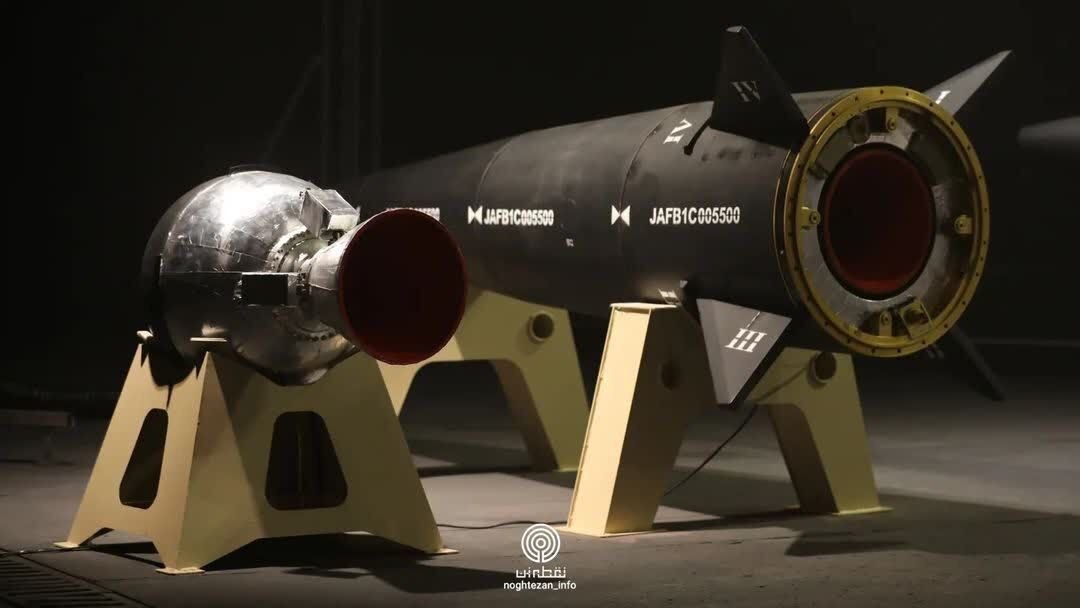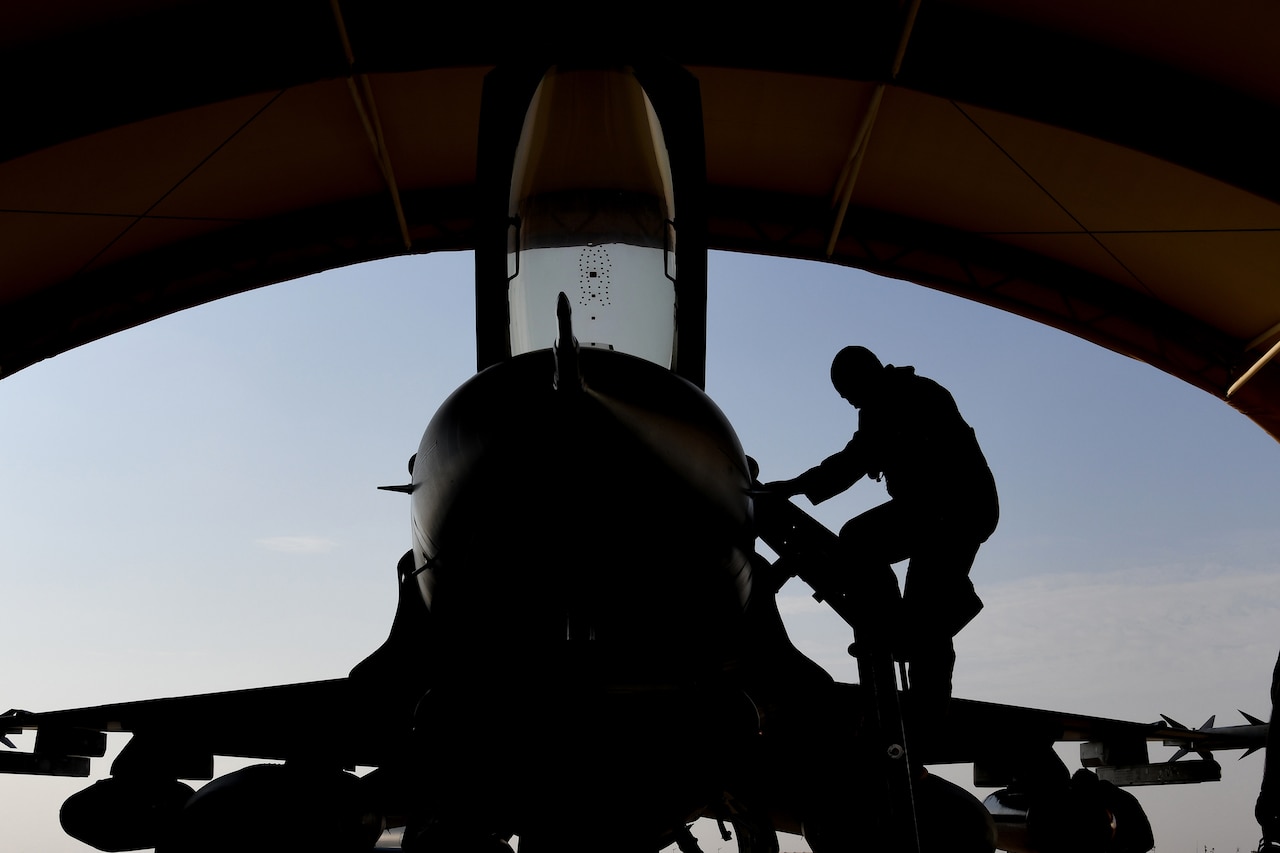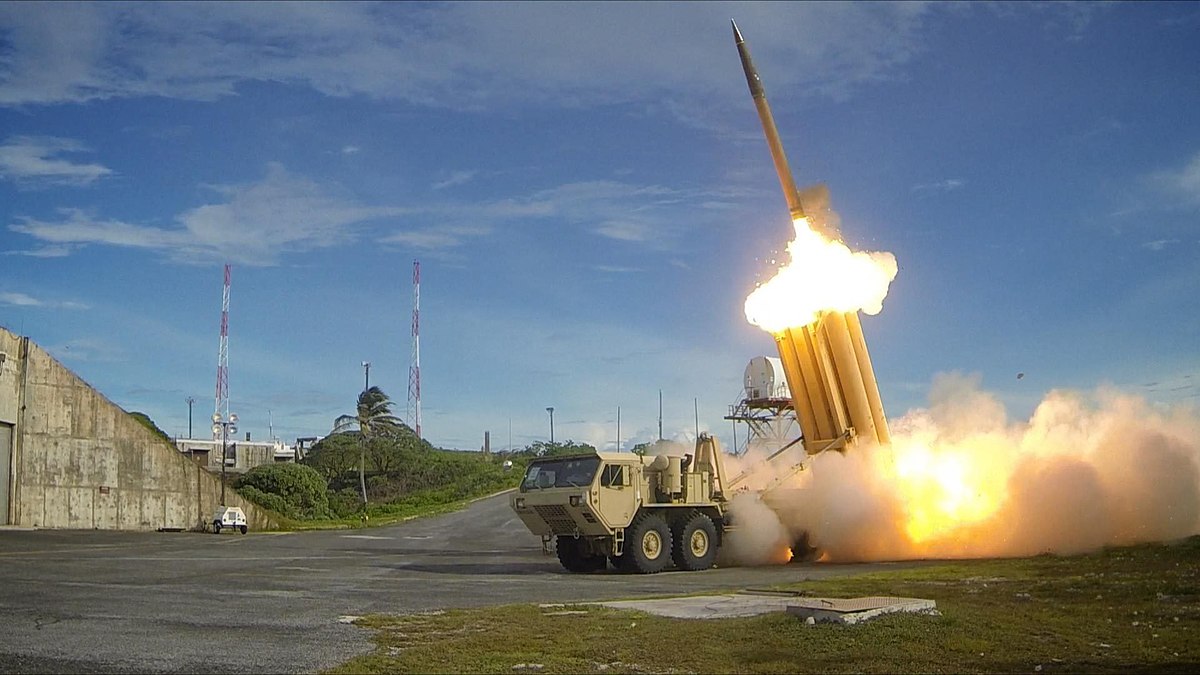pathology_doc
ACCESS: Top Secret
- Joined
- 6 June 2008
- Messages
- 1,405
- Reaction score
- 1,116
What is this acronym?AdlAE
What is this acronym?AdlAE
What is this acronym?
Misnamed in fact since turkeys are native to Mexico, not Turkey.
While we are enjoying this subplot, one might want to read the following;Fun fact, the bird is named after the country. So if they change the name of the country, the bird's name should follow suit. /s
How the Turkey's Travels Influenced its Many Names
The Thanksgiving turkey is a quintessentially American bird, yet in English, this native fowl recalls the name of a faraway land. English-speakers aren't alone: People around the world seem to have dubbed this bird with lots of geographical monikers.
By Chaney Kwak
November 28, 2013

So do Turks claim the bird as their own? Nope. If you're craving a Thanksgiving meal in Istanbul, you'd better look for hindi. The French word dinde, too, probably comes from d'Inde, or from India; Polish inyczka and Yiddish indik both pay homage to the Asian subcontinent. Northern European countries get even more specific. From Norway to Estonia, the North American bird is referred to in variations on kalkun, derived from the Keralan port of Calicut, also known as Kozhikode. The word traveled back to South Asia, where it became kalukuma in Sri Lanka's Sinhala language.
But don't expect Indians to embrace our name for the wrinkly beast. In Hindi, turkeys are known as peru. European colonialism may have played a part here: peru, after all, is also the word favored by the Portuguese, who used to rule Goa. Colonialism also explains why Malaysians call it ayam belanda, or Dutch chicken, while Cambodians use moan barang, or French chicken. Oddly, France also gets the credit in both Greece (gallopoúla) or Scotland (cearc frangach)? And don't even get me started on speculating why it's dik rumi or Roman chicken in Arabic.
I honestly have to wonder if they`re perhaps counting the separated spent boosters as failures,you did see that at ain alasad with some media claiming these as misses or evidence of missile failure,ie "crashed before reaching their target" because they didnt seem to realise that the warheads separate and indeed the boosters were minus their warheads.Furthermore, the US says the failure rate of Iranian MRBMs was 50%. Can Iran sustain launching 120+ MRBMs that cost $10 million/MRBM minimum that have a 50% failure rate? This is all seeming like fearmongering by the Israeli guy.
View attachment 725566
Well, it's possible that they weren't using their most modern missiles (decoy-equipped) due to concerns that Israel would gather the data about revealed decoys and made efficient discrimination algorithm.Even if they were only short range MRBMs, according to arms controller logic; the fact Arrow exists should have driven said decoys, etc, which would have made more get through if decoys were cheap/worked.
Well, since they are quoting a 'US official' I would assume not.I honestly have to wonder if they`re perhaps counting the separated spent boosters as failures,you did see that at ain alasad with some media claiming these as misses or evidence of missile failure,ie "crashed before reaching their target" because they didnt seem to realise that the warheads separate and indeed the boosters were minus their warheads.
Just a thought.
Furthermore, the US says the failure rate of Iranian MRBMs was 50%. Can Iran sustain launching 120+ MRBMs that cost $10 million/MRBM minimum that have a 50% failure rate? This is all seeming like fearmongering by the Israeli guy.
It is fearmongering, and complete crap. You're going to tell me you think Iran spent 10% of what Israel did? THAT is the fearmongering. The US will pass an emergency bill to give them $1 billion like we did in 2022, and that is what he is wanting. They don't actually have to worry about the money, nor the hardware, as the West always comes to their aid, substantially. ALWAYS.It's not really fear mongering when they're actually shooting at you. Someone does a drive by on your house with a car loaded with low-IQ thugs armed with burned out TEC-9's, they're unlikely to put a single round on whatever they might think the target is... nevertheless they are shooting at you. Same with a bunch of mullahs firing some cruddy outdated tactical ballistic missiles that can't hit the broad side of a farm.
In Turkey, the birds are called Hindi.Fun fact, the bird is named after the country. So if they change the name of the country, the bird's name should follow suit. /s
Hell, they may be using weapons near their expiration date. This way they save money on refurbishment or disposal, and if the replacements are already there or budgeted anyway, it's a win win win. Get rid of old stock, save money on disposal, and get a really good look at Israeli defenses if they decide to do a real strike.Well, it's possible that they weren't using their most modern missiles (decoy-equipped) due to concerns that Israel would gather the data about revealed decoys and made efficient discrimination algorithm.
The writing on that certainly points to it being anything but Iranian...
U.S. forces, supported by U.S. European Command destroyers, on Saturday and Sunday destroyed more than 80 one-way attack drones and at least six ballistic missiles aimed at Israel from Iran and Yemen, the U.S. Central Command (CENTCOM) said on Monday.
This includes a ballistic missile on its launcher vehicle and seven UAVs destroyed on the ground prior to their launch in areas controlled by Iran-backed Houthis in Yemen, CENTCOM said in a post on X.
Why is the attack referred to as Iranian, when Iraq, Yemen and Syria also fired at Israel?
What exactly are the 4 red cover tabs covering?
Okay, the E threw me off. AdlA I probably would have guessed. Thanks.The French Armée de l'air et de l'espace (Air and Space Force), I believe.
Counterpoint:Far from encircling Iran, the US bases are now liabilities in any major conflict. A similar pattern will extend across the globe and there's no obvious technological solution.

The separating warhead from the Fattah missile has a belt and braces approach,both a thrust vectoring rocket motor using a flex nozzle and aerodynamic control surfaces as wellWhat exactly are the 4 red cover tabs covering?
Are these what they appear... exhaust nozzles for manoeuvring the warhead post main booster separation?
Or are they covering aerodynamic control surfaces? They seem a bit small for that.
EDIT: They seem to be aerodynamic from studying other pictures.
Are any of the Iranian warheads boosted in their final phase onto target?

The "low cost" is never low cost. Ability of penetration comes with a price (speed, low observable design, ECM, etc). Adding those up and you MAY get a workable weapon, mass producing it (e.g. Tomahawk) gets you lower price, but never low cost.The development of low-cost (sub 200k for cruise missiles and sub 10k for FPV) precision attack is a military revolution on par with the Machine Gun or the AK-47. It changes global military balance overnight.
For the Iranian salvo, it was mostly defeated (some rounds got through - based on satellite imagery and videos from the Negev), but Iran did not launch a full attack across the region. A full attack would include attacks (even if harassing fire) against every US and US-allied base in the region. And, because of the revolution in military affairs, those harassing attacks would include precision stand-off weapons.
Far from encircling Iran, the US bases are now liabilities in any major conflict. A similar pattern will extend across the globe and there's no obvious technological solution.
The cost and resources involved to cover Israel for one salvo is completely unsustainable for anything greater than an Iranian show of force. Between this and low-cost drones, the American expeditionary warfare from 1990-2024 is dead. Something new has to come.
The development of low-cost (sub 200k for cruise missiles and sub 10k for FPV) precision attack is a military revolution on par with the Machine Gun or the AK-47. It changes global military balance overnight.
For the Iranian salvo, it was mostly defeated (some rounds got through - based on satellite imagery and videos from the Negev), but Iran did not launch a full attack across the region. A full attack would include attacks (even if harassing fire) against every US and US-allied base in the region. And, because of the revolution in military affairs, those harassing attacks would include precision stand-off weapons.
Far from encircling Iran, the US bases are now liabilities in any major conflict. A similar pattern will extend across the globe and there's no obvious technological solution.
Side question: it the THAAD battery in Israel US or IDF operated?
Well the technical solution short term is likely deterrence via the same capabilities. Iran did not attack US bases this time because that would likely provoke a U.S. attack directly on Iran that it would be even less well equipped to handle.
But it is clear that we are witnessing a military technological transformation - ubiquitous precision guidance for any platform from hobby drone to major ballistic missile. Physically shooting down such munitions is always going to be more expensive for the defense because interceptors need much more capability in terms sensors and performance compared to attacking static targets. Directed energy weapons likely can rebalance this situation in the future at lower altitudes and speeds, but ballistic missiles will likely need other remedies. I think within a decade we will see entire global satellite constellations dedicated to spoofing/jamming satellite navigation signals from low earth orbit over wide areas. That of course produces its own new problems.
Source for THAAD battery in Israel? When the THAAD deployment to the region was announced in October 2023, they said it was specifically not going to Israel.

U.S. Military Continues Focus on Supporting Israel, Ukraine
Approximately 900 U.S. troops are in the process of deploying to the U.S. Central Command area of operations, Pentagon Press Secretary Air Force Brig. Gen. Pat Ryder said.www.defense.gov


Terminal High Altitude Area Defense - Wikipedia
en.m.wikipedia.org
IIRC it was deployed there a decade ago.
EDIT: actually the article I found is from 2019, and the deployment might have been temporary. In any case, any THAAD deployment was US; Israel has not bought it.
I found this to be a particularly interesting nugget of info. I don't think there are any American AD assets left in Iraq, which makes this a rather long range intercept if it's true.
View: https://twitter.com/Osinttechnical/status/1779955591911190592
I was unaware that they had been brought back, interesting.Patriot was deployed to Iraq and other countries in the region in October. Erbil would be a reasonable place to put it, and that's what sources like AvWeek are saying.
Ryan - know what ship this was? MarkSpeaking of Turkey Shoots; I can't wait for CARNEY to come back; it's gonna look like one of those WW2 scoreboards:
